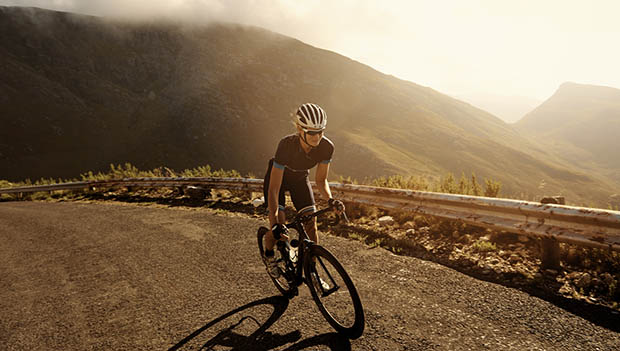
Training for a triathlon is no simple challenge. Logistically, you have to balance time and equipment needs of three different sports. Physically, each of those disciplines require vastly different skill sets and energy demands. While every training plan can and should look different based on time available, skill level and the distance you are racing, there are some foundational and fundamental types of workouts that all triathletes should embrace.
Triathlon may not be easy, but the rewards are often life-changing and these workouts facilitate that fulfillment.
Brick Workouts
Quick Tip
Not every workout needs to be a brick workout, and the distances don't have to be actual race distances. Once or twice a week is a great target for a beginner.
Brick workouts also give you a realistic feel for how your body will react to the sudden change of sports and different muscle recruitment. Yes, it is an unnatural feeling to go from biking to running within a matter of minutes, so you want to discover how long it takes to find a rhythm and settle into the next discipline.
Finally, brick workouts also allow you to practice your nutrition for race day. What settles well in your stomach? How long does it take to settle into a bike ride when you've just finished a 60-minute swim? How are your energy levels? Use brick workouts to practice how you will feel, react and fuel on race morning.
Race Pace Efforts and Intervals
Quick Tip
For longer races, aim for a true big race rehearsal seven to eight weeks out and then again four to five weeks out. Other training sessions throughout your schedule should incorporate shorter intervals that are at or above race pace levels.
Race rehearsals and race pace efforts put you in the mindset of the true experience and help you assess the feasibility of your stated time, pace and effort goals.


